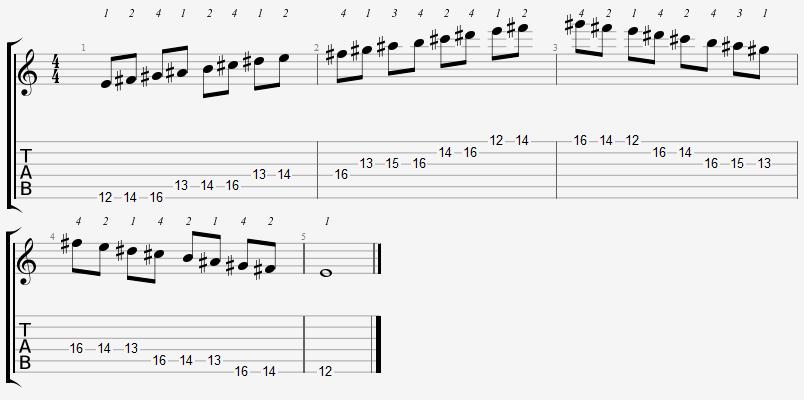How to Play the Lydian Scale for Guitar

The Lydian scale is considered to be the growing pattern of all the pitches which contain of three whole tones and a semi tone alongside two more whole tones and then a final semitone once again. This sequence of pitches simply describes the church modes which are fifth of the eighth. They are also known as Mode V or even the authentic mode when you are playing them in F. Theoretically, you will be playing a B♮; however, while you are practicing, you will be using a B♭. Since the major scales are extremely important in the music these days, the Lydian mode is considered to be a scale which starts from the fourth scale degree in the major scale.
Instructions
-
1
Ancient Greek Lydian
Starting off from the first type, the Lydian scale back in the history of Greek music was considered to be a branch of octaves. It extended from one tribe to another. The modern major scale is considered to be a C D E F | G A B C. However, the chromatic and enharmonic genre of music, the Lydian scale has been evolved. Many now play it through a to C D♭ E F G♭ A B C and C C E F F A B C. -
2
Medieval Lydian Mode
Right when the Renaissance started, this mode was described in two different ways. At first, many considered it as a diatonic octave scale from F to F, but an octave above. Then it was divided at C to produce two different segments: F G A B C and C D E F. If you notice, the second is just like the final on F and it extends F to a higher octave. The note C was considered to be of higher importance in terms of melody. Later, B♭was being used more than a simple B. -
3
Modern Lydian Mode
This Lydian mode describes the Lydian scale as a major scale. However, they describe it as a fourth scale degree which is raised at least a semi tone. For example: a C major scale which can be played as an F# and not as an F♮. -
4
Triads within Lydian Mode
In this mode the Lydian is considered to be the dominant and the supertonic triad in all the major scales. Hence, the subdominant scales are all ignored and not played altogether. However, the triads which are played on the other three scale degrees, they are considered to be minor.







